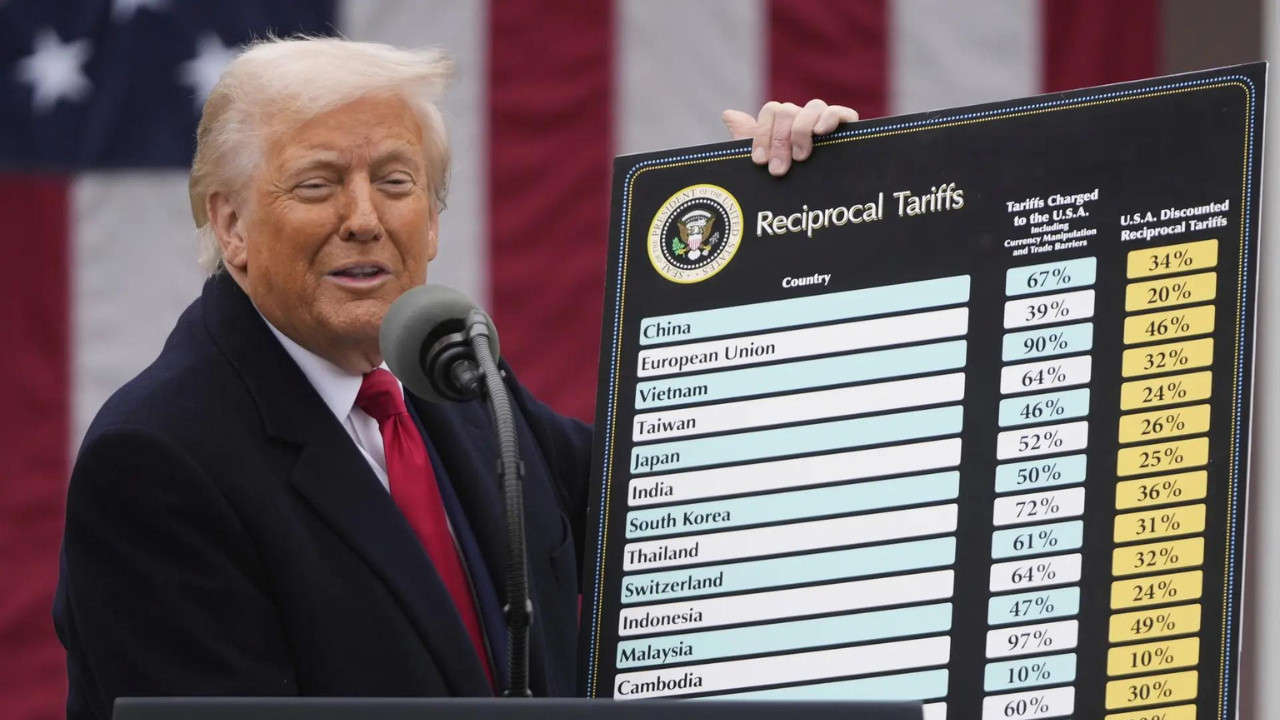India has exempted Saudi Arabia’s Public Investment Fund (PIF) from certain foreign portfolio investment rules to attract long-term capital and strengthen financial ties. This move allows PIF’s various arms to invest independently in Indian equity markets, bypassing the previous 10% ownership cap. It aims to boost Saudi Arabia’s $100 billion investment plan in India, particularly in energy and infrastructure sectors.
Saudi Riches Flowing into India: PIF Gets a Golden Ticket
Okay, let’s talk money. Specifically, let’s talk about big money, and where it’s going. You might have heard whispers of Saudi Arabia’s Public Investment Fund (PIF), a colossal wealth fund brimming with the kind of cash that makes nation-states salivate. Well, that money is potentially about to flow into India, and in a big way.
The Indian government just quietly rolled out the red carpet for PIF, granting them an exemption from certain investment cap rules. Think of it like giving them a golden ticket, bypassing some of the usual regulations that constrain foreign investment. It’s a move designed to entice them to open their deep pockets and inject some serious capital into the Indian economy.
So, what exactly does this mean?
For years, India has placed limits on how much foreign entities can invest in specific sectors. It’s a balancing act, designed to protect domestic industries while still attracting crucial foreign capital. These caps can sometimes be a hurdle, a bureaucratic snag that slows down the flow of investment. By exempting PIF from these rules in certain areas, India is essentially saying, “Come on in, the water’s fine – and we promise not to make you jump through too many hoops.”
Why the special treatment?
Well, let’s be honest, PIF isn’t just some small-time investor. We’re talking about one of the largest sovereign wealth funds in the world. They’re heavily involved in massive projects, from futuristic megacities like NEOM to acquiring stakes in global giants. Attracting their investment would be a serious coup for India.
The rationale is clear: India needs capital to fuel its ambitious growth plans. From infrastructure development to renewable energy projects, and even tech startups, the country has a voracious appetite for investment. PIF, with its deep pockets and long-term investment horizon, could be a key player in funding these endeavors.
This exemption is a strategic play, a deliberate move to position India as an attractive destination for PIF’s vast resources. The hope is that by easing the regulatory burden, India can unlock a significant influx of capital, boosting economic growth and creating new opportunities.
The specific sectors that will benefit from this exemption haven’t been explicitly detailed, which leaves room for speculation. One can imagine that infrastructure, green energy initiatives, and perhaps even strategic tech companies are high on the list. These are areas where India is actively seeking investment and where PIF has shown considerable interest globally.
What are the implications?
The immediate effect is likely to be a boost in investor confidence. The market often reacts positively to signals that the government is proactive in attracting foreign investment. The long-term effects could be much more profound.
Imagine PIF investing significantly in India’s renewable energy sector. This could accelerate the country’s transition to a cleaner energy future, creating jobs and reducing reliance on fossil fuels. Or consider their investment in infrastructure projects, which could improve connectivity, boost trade, and enhance the quality of life for millions of Indians.
However, it’s not all sunshine and roses.
Some might argue that granting special exemptions to such a large entity could create an uneven playing field. Domestic investors, who are subject to the full weight of the regulations, might feel disadvantaged. There’s also the question of accountability and transparency. Ensuring that PIF’s investments align with India’s long-term interests and environmental goals is crucial.
The government will need to carefully manage this relationship, balancing the need for foreign investment with the need to protect domestic industries and uphold ethical standards.
Ultimately, this move signals a shift in India’s investment strategy. It’s a recognition that attracting large-scale, long-term investment requires a proactive approach and a willingness to adapt to the needs of global players. It also showcases India’s ambition to be a global economic powerhouse.
Whether this gamble pays off remains to be seen. But one thing is certain: the stage is set for a potentially transformative partnership between India and Saudi Arabia’s Public Investment Fund. The next few years will reveal just how much of that Saudi wealth makes its way to India, and the true impact it will have on the Indian economy. I, for one, am watching with keen interest.
📬 Stay informed — follow us for more insightful updates!







